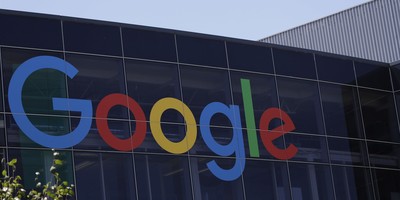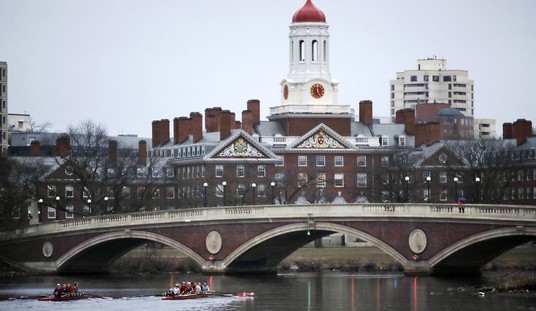He decided major changes were in order. On the evening of Aug. 15, 1971, Nixon went on TV to announce new economic policies -- the most drastic being a freeze on all wages, prices and rents. He assured his worried audience, "Our best days lie ahead."
The speech was a triumph. The stock market soared. Newspaper editorials hailed his courage. One poll found that 75 percent of Americans supported the plan. "In all the years I've been doing this," said the pollster, "I've never seen anything this unanimous." Nixon's economic strategy was a stroke of political genius.
In practice, however, it was a disaster. A powerful new bureaucracy arose. The dollar collapsed. Inflation persisted. Shortages of vital commodities emerged. In the end, Nixon had to abandon his program, but not until plenty of damage had been done.
Barack Obama's Thursday address to Congress was his attempt to seize the moment as Nixon did. But instead of something new and outwardly promising, all he had to offer was a variation on things that have already been tried, to little apparent effect.
His real problem, though, is the same one that Nixon eventually came to understand: the painful limits of his capacity. Obama does not have the power to create jobs, any more than Nixon had the power to curtail inflation. The central theme of his speech -- that millions of Americans would go back to work if only Congress will approve his plan -- rings false.
Recommended
Nor is it likely that his aggressive, can-do tone will imbue consumers with the bounding confidence needed to invigorate the flagging economy. Unlike Nixon, who went on TV in the days of three channels, Obama couldn't count on reaching the vast majority of Americans.
Nor could he expect the full attention of those who did pay attention: In the age of Twitter and Facebook, the sniping began as soon as he did. The golden age of the bully pulpit is long past.
Presidential sermons on the economy rarely meet their goals. Gerald Ford's 1974 "Whip Inflation Now" speech called on Americans to unite against this menace, but it ended up being the butt of jokes. Jimmy Carter exhorted us to treat the energy crisis as the "moral equivalent of war." He was ridiculed for wearing a cardigan sweater.
Ronald Reagan and Bill Clinton are remembered not for their speeches about the economy but for its stellar performance during their time in office. Nixon may have shown that words can change moods for a while. But they can't alter real-world outcomes.
Obama now proposes to lay out $140 billion for infrastructure investments to "put people to work rebuilding America." But his 2009 stimulus package included $100 billion for investment in highways, bridges and other public works. The funds were supposed to be poured into "shovel-ready projects" to get the unemployed back to work in a hurry.
Not quite. Economists John Cogan and John Taylor of the Hoover Institution and Stanford University found that by the end of 2010, the federal government had spent only $5.6 billion on infrastructure. If the first attempt to shower money on this sector didn't work, what makes the president think a second one would fare better?
The payroll tax cut he wants to extend and expand is another exercise in irrelevance. It's supposed to spur spending by putting more money in paychecks and spur hiring by giving employers a tax break.
But most Americans didn't spend the cash they got from his 2009 tax cut: They used it to increase savings or reduce debts, neither of which boosts demand for goods and services. And without that demand for what they produce, businesses will not hire people to produce it.
The bleak fact is that when an economy suffers a financial crisis like the one that erupted in 2008, the ensuing recovery is typically slow, weak and demoralizing. It takes years to work through the bad debts incurred in the boom years, and there is no easy way to speed that process up.
In Nixon's time, Americans could believe that a speech and a program would banish economic woe. By now, we should know better.

























Join the conversation as a VIP Member